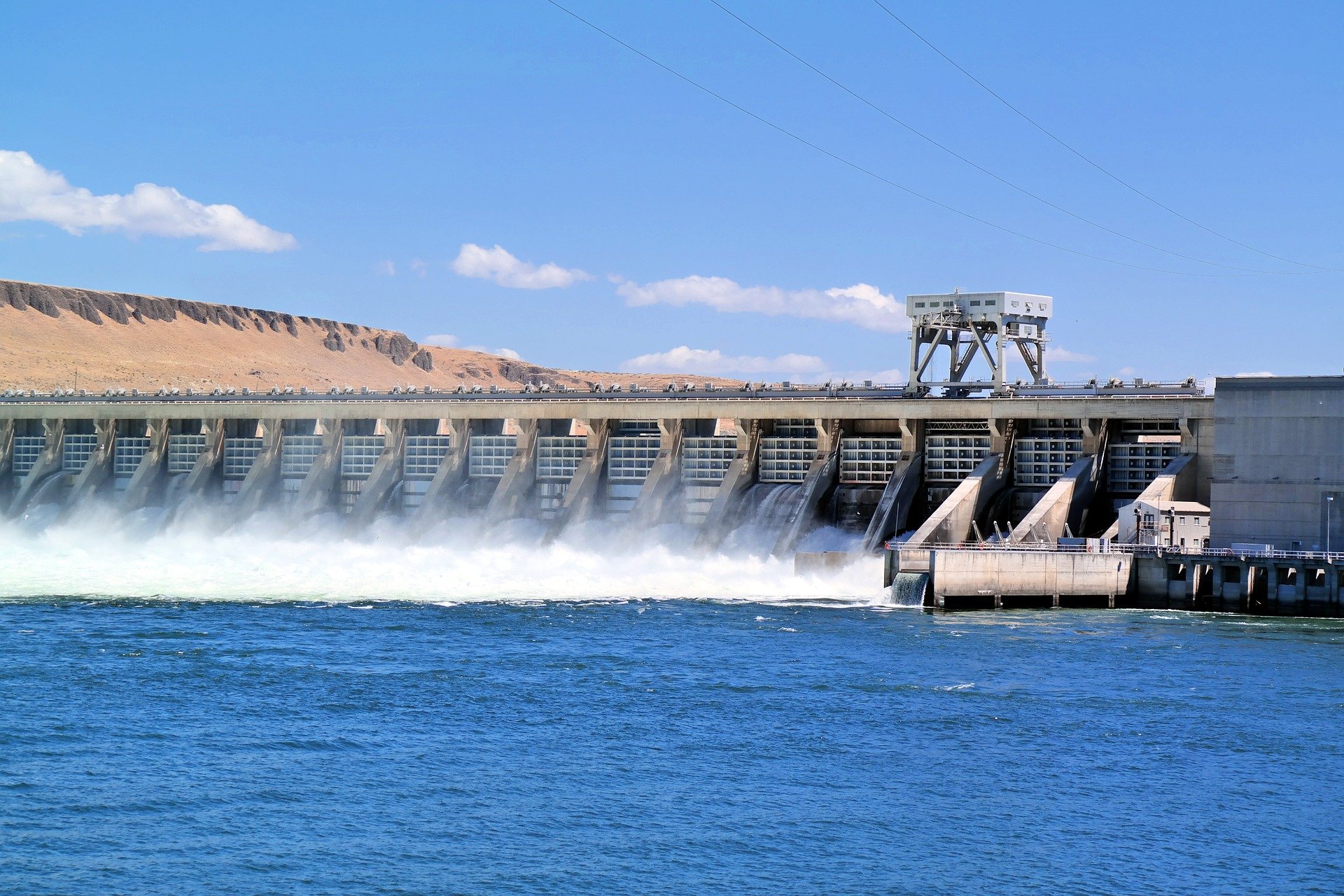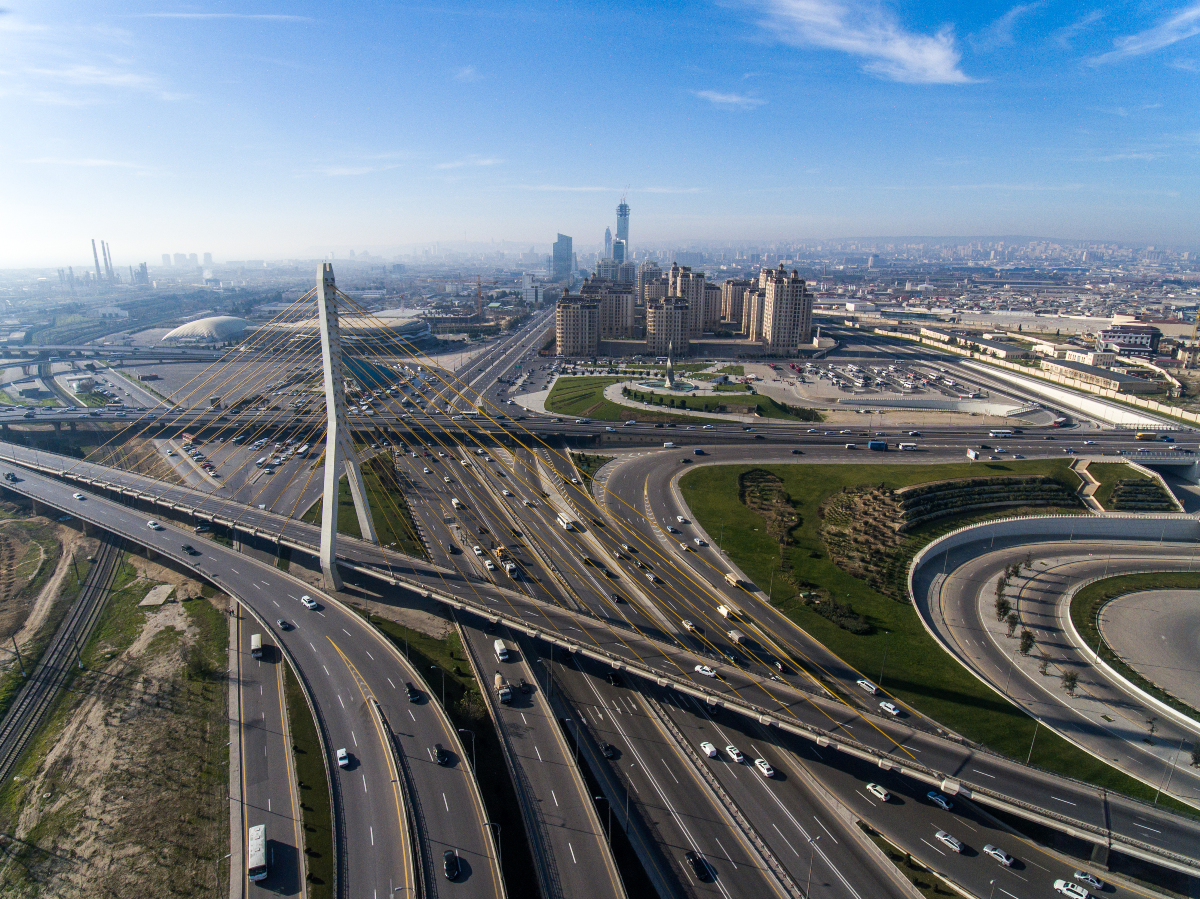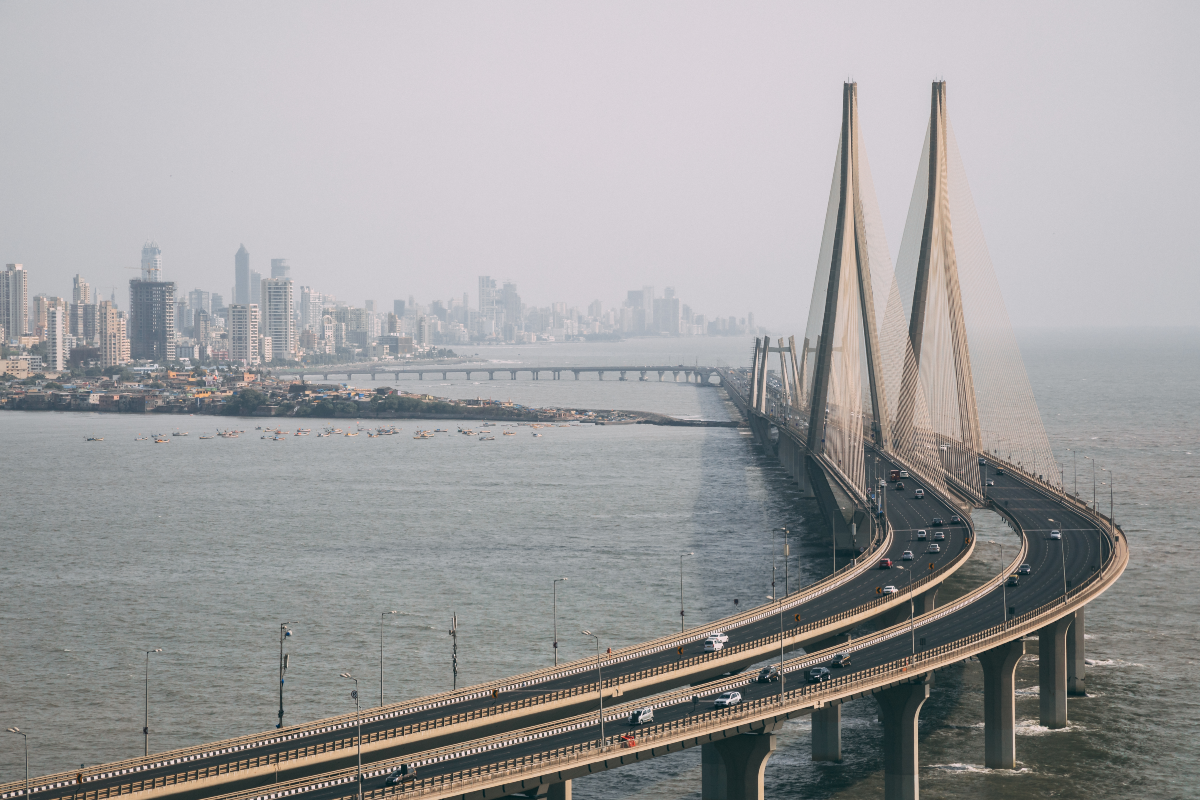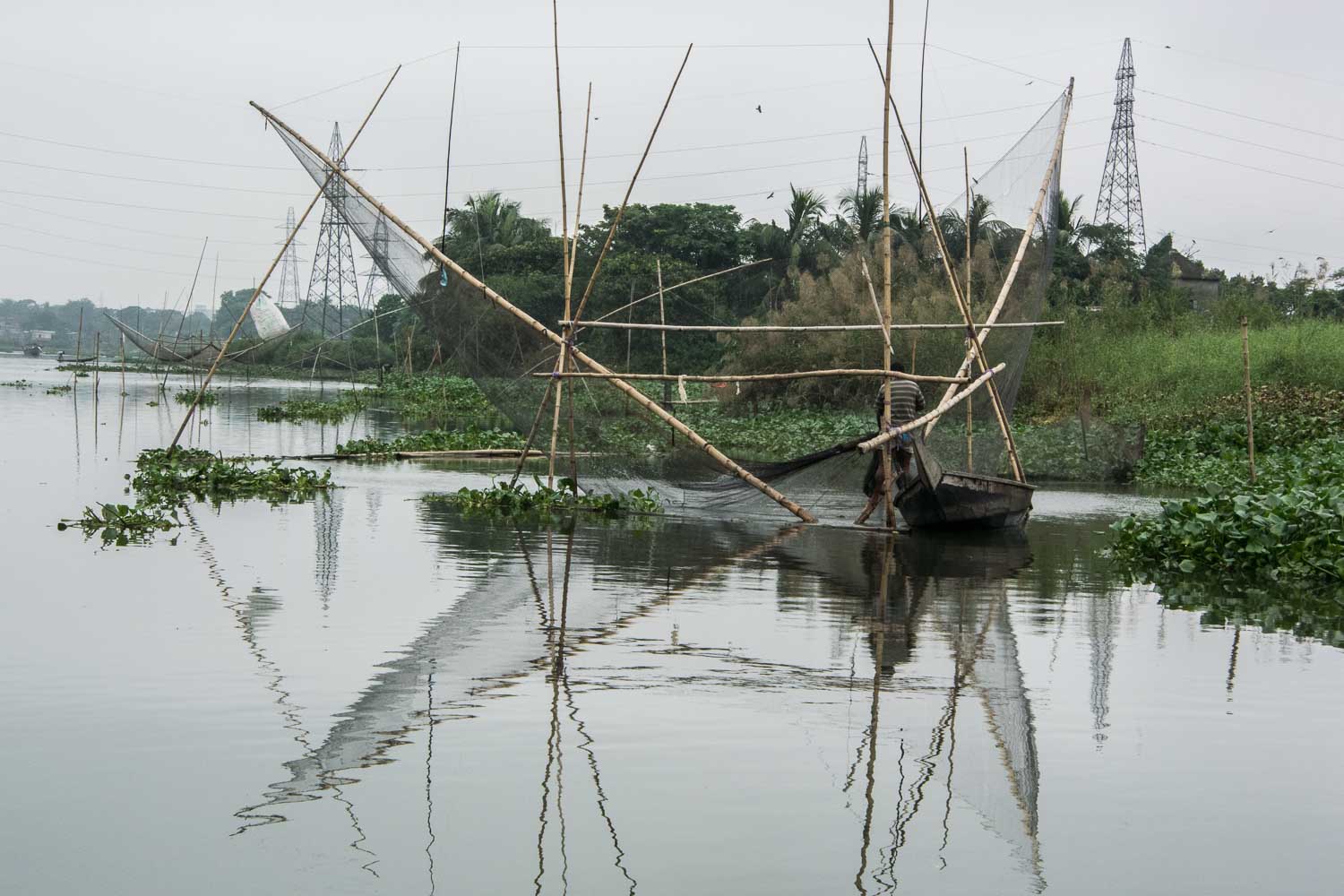
What I Have Learned about the Gray (Infrastructure) and the Green (Nature)
By Ms. Karen Klimowski, USAID India Acting Deputy Mission Director
Recently I was pleased to join and address a webinar that got me thinking about two terms I had never actually used in the same sentence before: nature-based solutions and resilient infrastructure.
The United States Government, through USAID India and the U.S Forest Service, was pleased to partner with the Coalition for Disaster Resilient Infrastructure (CDRI) to organize this fascinating session, which left no doubt in any participant’s mind about how nature and the infrastructure that supports our way of life connect and protect for everyone’s benefit.
Nature-based solutions are based on the knowledge that healthy, natural and managed ecosystems produce a diverse range of services on which human wellbeing depends. These solutions can and should go beyond disaster risk reduction to something more holistic.
Let’s be more specific: Conserving forests and wetlands will protect communities and infrastructure from floods, soil erosion and landslides but can also secure and regulate water supplies, support the production of forest products and bring in revenue from ecotourism. Planting trees in cities can moderate the impact of heatwaves and capture stormwater as well as abate pollution. Protecting and restoring coastal ecosystems, such as mangrove forests, salt marshes and reefs, protects communities and infrastructure from storm surges and erosion. These efforts also sequester carbon which, we know, contributes to climate change mitigation. Such measures also have positive outcomes for mental and physical health The potential is much greater than protecting infrastructure from floods and cyclones. Nature-based solutions for resilient infrastructure can contribute to an equitable and sustainable future for humanity. The barriers and challenges related to this are uncertain. However, we can overcome these barriers and challenges by training multiple stakeholders, implementing and assessing different ecosystem-based adaptation approaches and ensuring that proven ecosystem-based adaptation initiatives find their way into policies, to name just a few approaches.
And we need to act now, as our world remains turbulent. The COVID-19 pandemic is just the latest in a string of monumental disasters. Globally, we’re now seeing more climate-related extreme weather events like floods and droughts, increased temperatures and rise in sea levels across regions. These disasters compel us to transform our models for economic growth and put resilience at the heart of human development.
Across the world, we are recognizing that we need to coordinate to harness the power of nature and engineer solutions for building and shoring up infrastructure that is resilient to disasters. And luckily, we have CDRI – an outstanding initiative that I’m confident will be of global value. As development professionals, we all struggle to build resilience into our work. I want to take this opportunity to congratulate the Government of India and Prime Minister Modi for establishing and championing this important coalition and helping all development practitioners in the government, private sector, financial institutions or in other fields further the goal of resilient development, be it green, gray or anything in between.
About the Author : Ms. Karen Klimowski is Acting Deputy Mission Director of the United States Agency for International Development (USAID) in India. USAID is the U.S. government’s lead development agency responsible for international development and humanitarian efforts.
The views and opinions expressed in this blog are those of the author and do not necessarily reflect those of the Coalition for Disaster Resilient Infrastructure (CDRI).
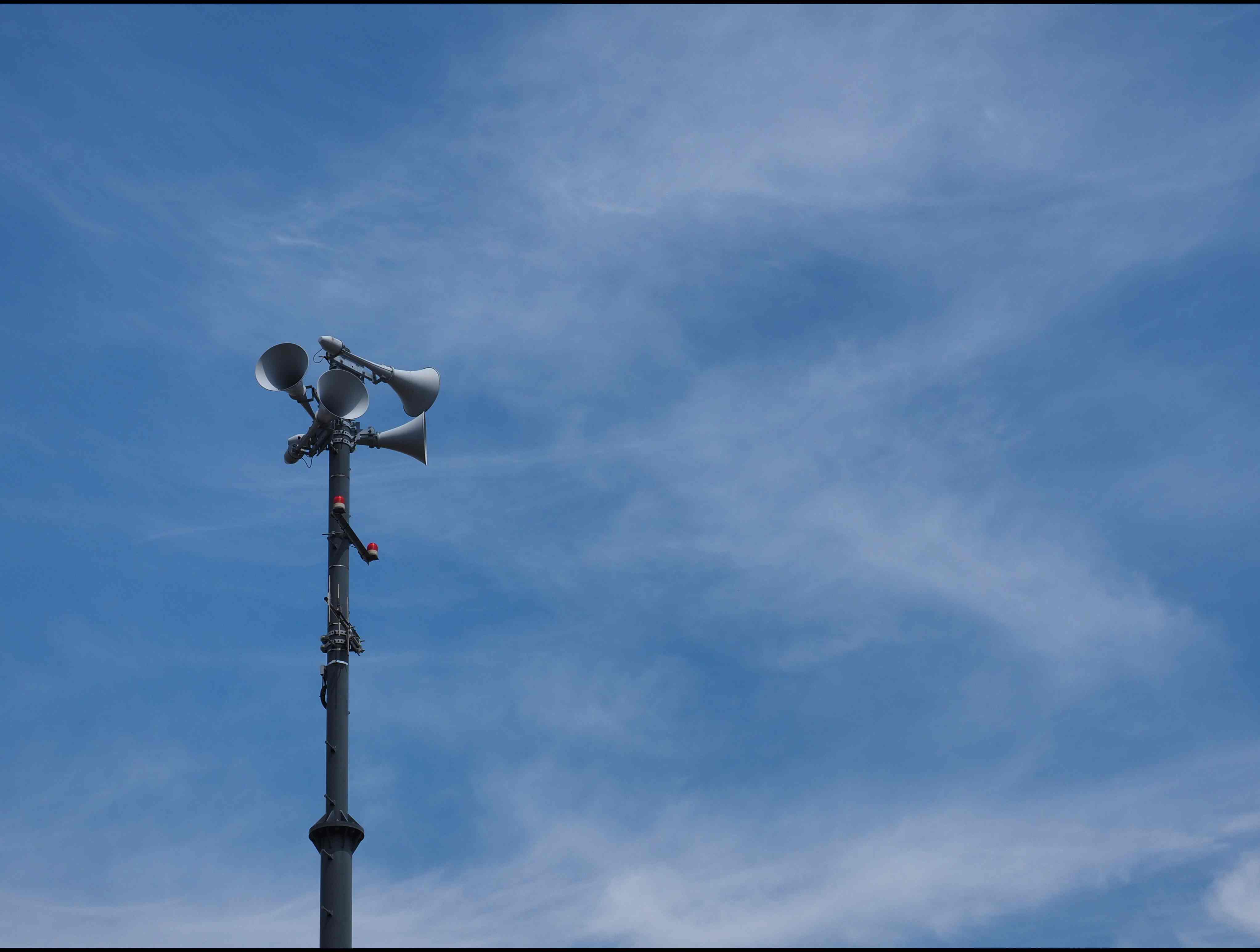
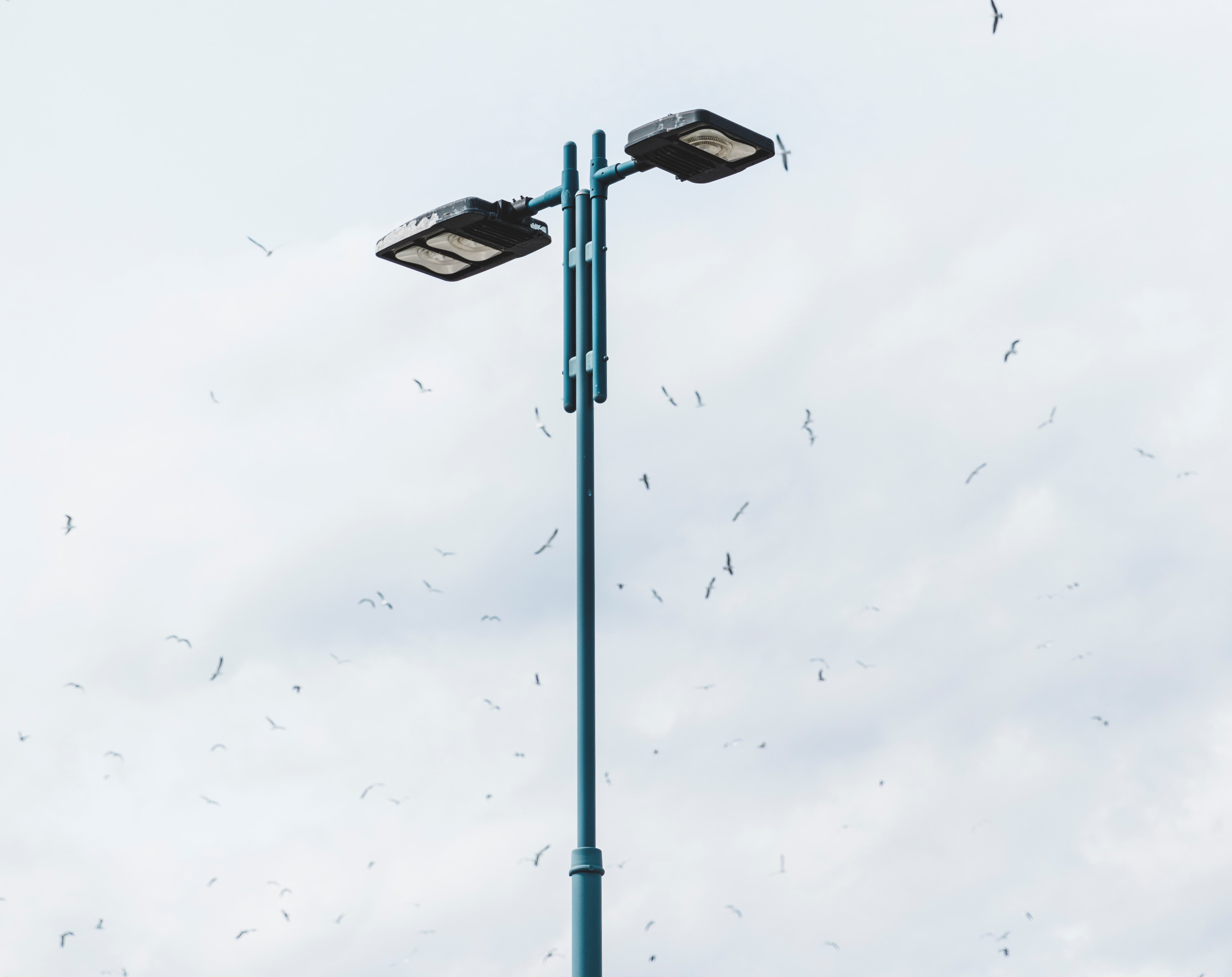
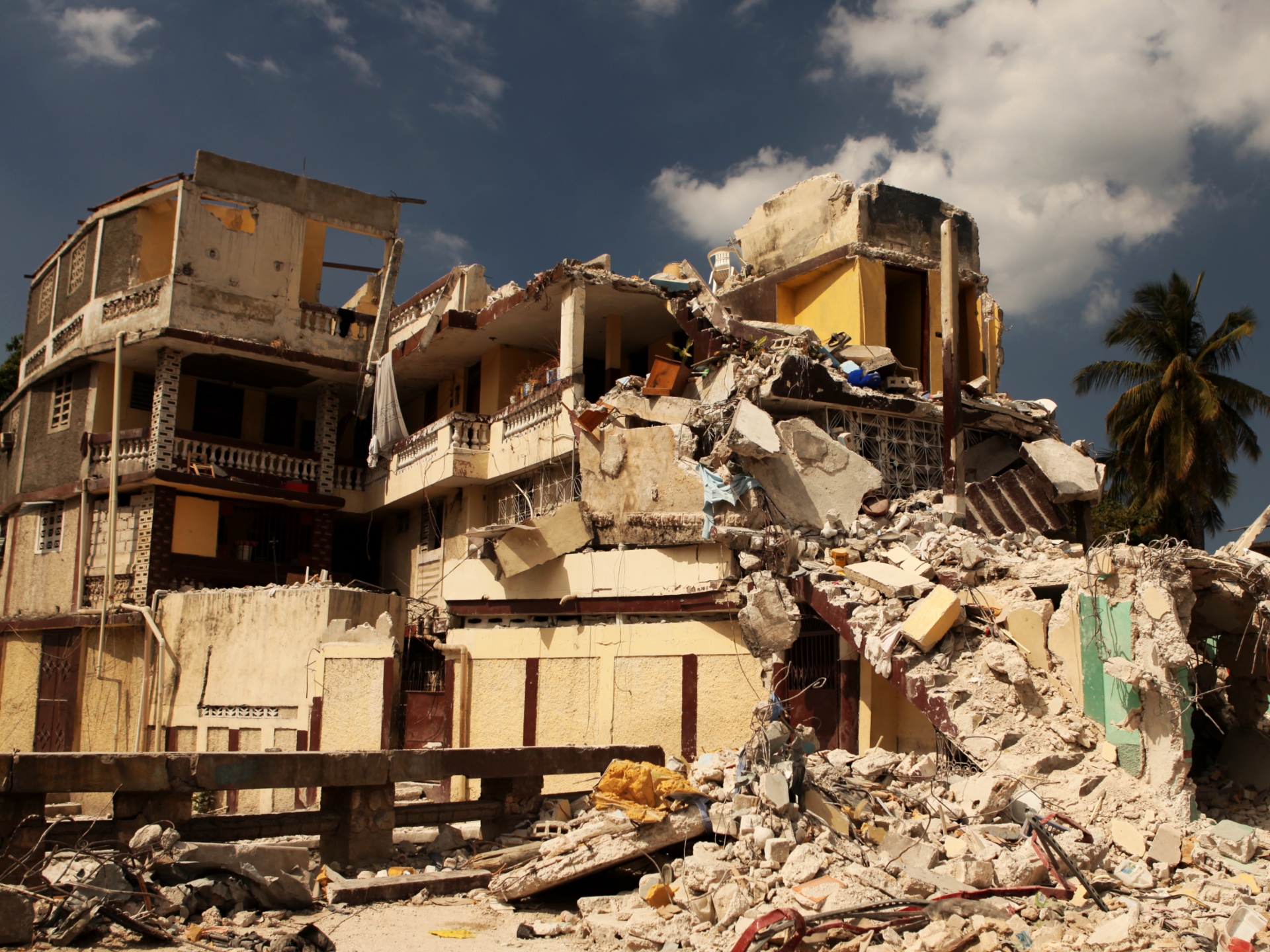
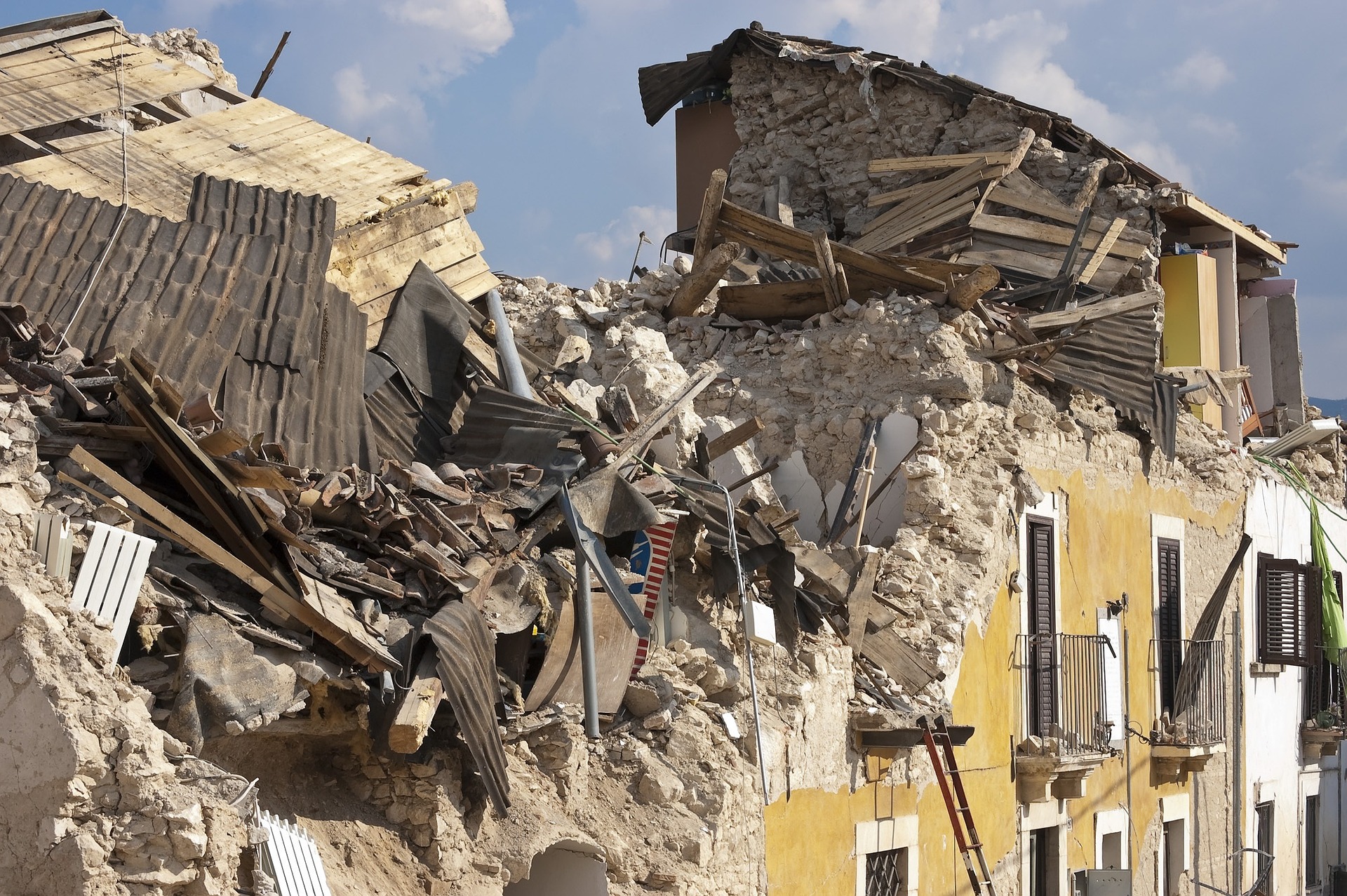
.jpg)
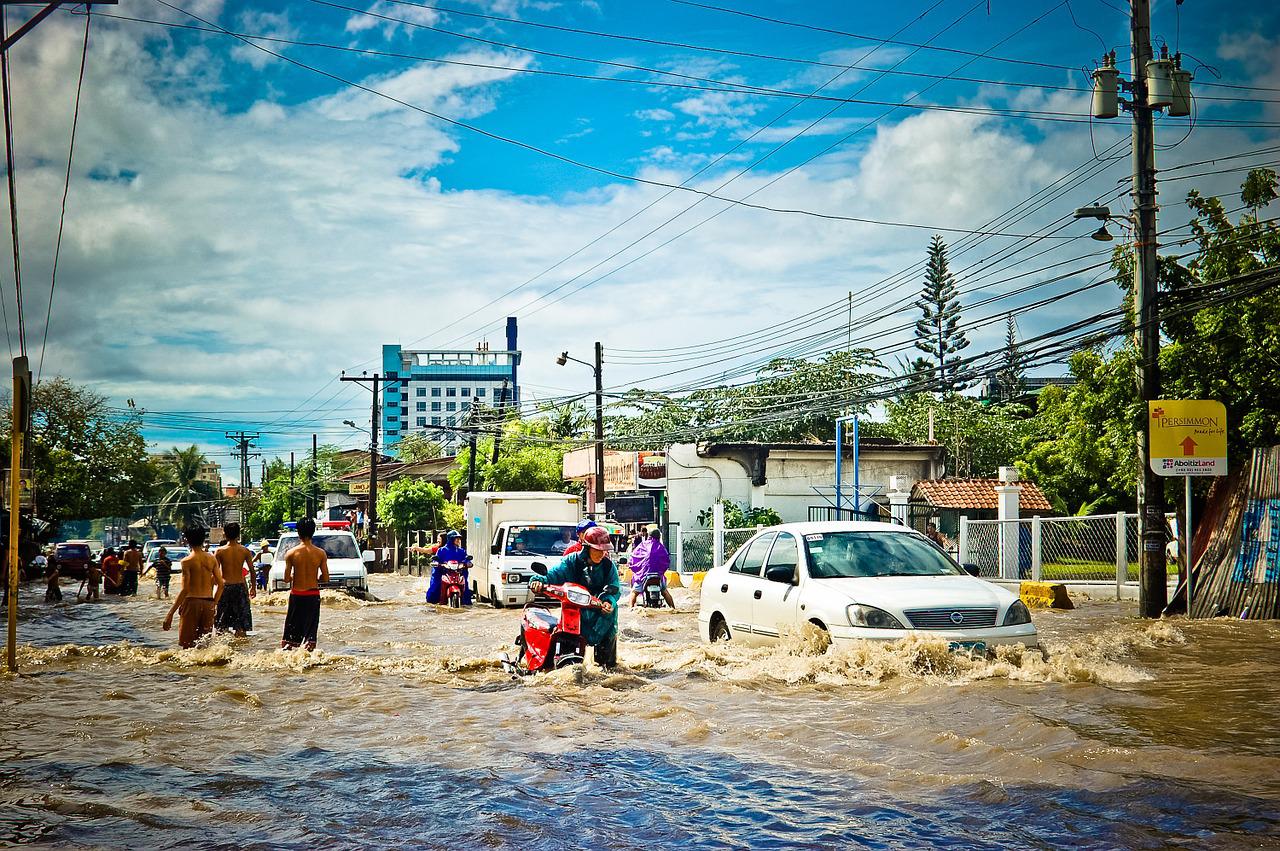
.jpg)
